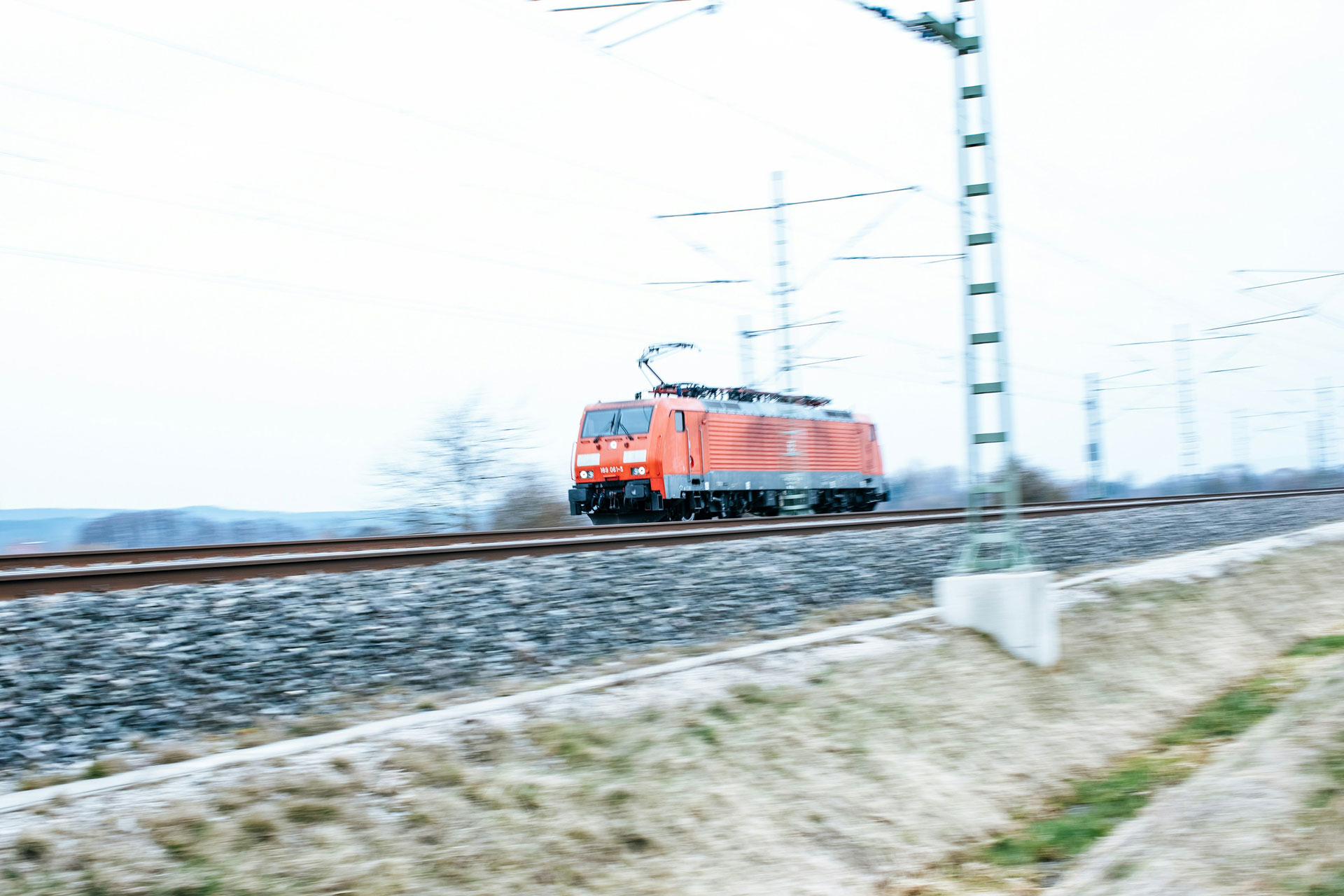
What is intermodality?
Intermodality refers to the practice of transporting goods using multiple modes of transportation (such as ship, train, and truck) in a single operational process without directly handling the goods when switching modes.
What are the advantages of intermodal transport?
Advantages include reduced transport costs, lower CO2 emissions, increased efficiency and cargo security, and optimized use of transport resources.
How does intermodal transport work?
In intermodal transport, goods are packed in containers that can be easily transferred between different types of transportation, such as trains, trucks, and ships, without unloading and reloading the goods.
What are the different types of intermodal transport?
Types include maritime-container transport, rail-container transport, and truck-container transport, as well as combinations of these to optimize transport times and costs.
What are the main intermodal transport companies?
There are numerous companies globally, including Maersk, MSC, and COSCO for maritime transport, and specialized rail and road operators offering intermodal services in various regions.
What is the cost of intermodal transport?
The cost can vary based on several factors, such as distance, type of goods, and operator rates. Generally, intermodality is considered more economical than unimodal transport for long distances.
What are the delivery times for intermodal transport?
Delivery times can vary depending on the distance, the modes of transport used, and the logistical planning. Generally, they are longer than direct transport but offer a good balance between cost and time.
How can I track my intermodal shipment?
Most transport companies offer online tracking services where customers can check the status and location of their shipment using a tracking number.
How is cargo security ensured in intermodal transport?
Security is ensured through the use of standardized containers, rigorous safety procedures, tracking and monitoring technologies, and cooperation between operators of different modes of transport.
What are the main challenges of intermodal transport?
Challenges include the need for investment in infrastructure, managing complex logistics, coordination between different transport operators, and international regulations.
How does intermodality contribute to environmental sustainability?
By reducing dependence on road transport, intermodality decreases greenhouse gas emissions and fossil fuel consumption, contributing to environmental protection.
How is technology influencing intermodal transport?
Technology, including advanced logistics management systems and real-time tracking, improves the efficiency and transparency of intermodal transport, making it more reliable and competitive.
